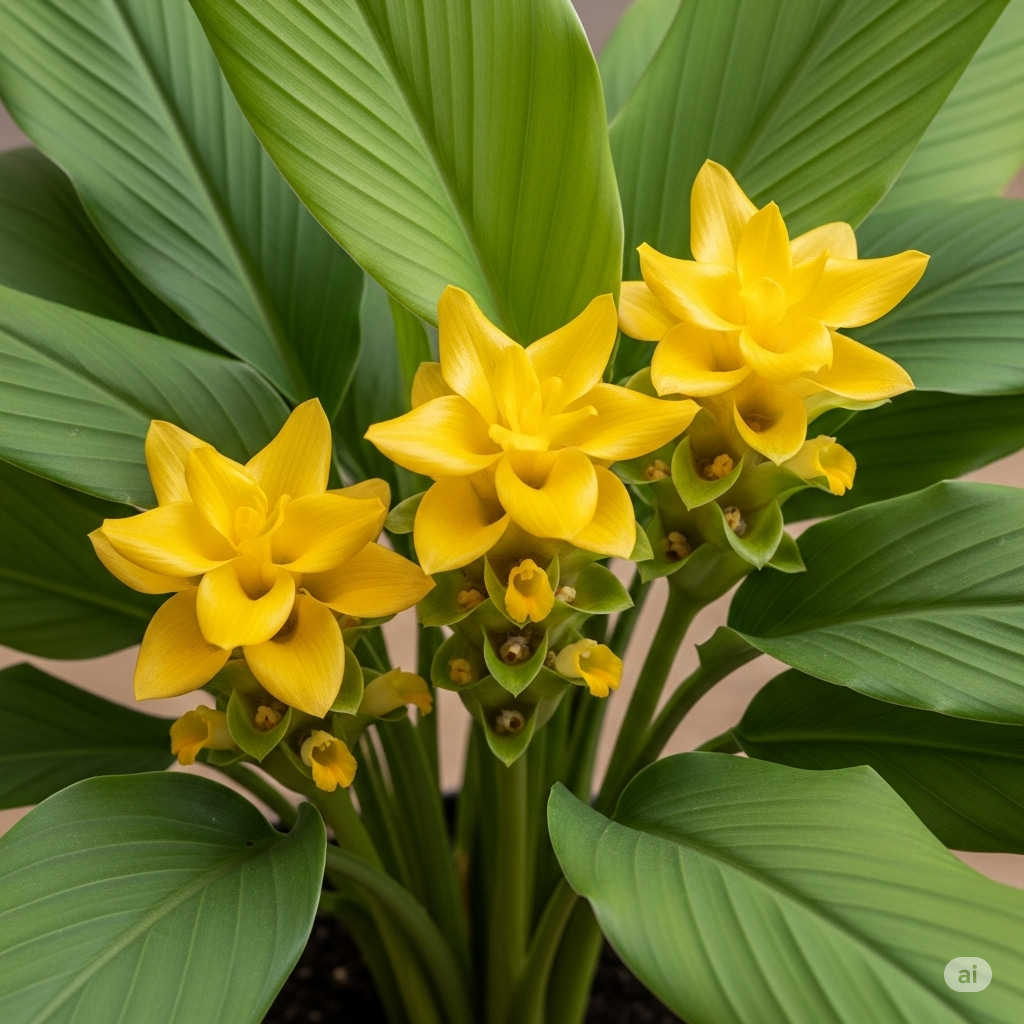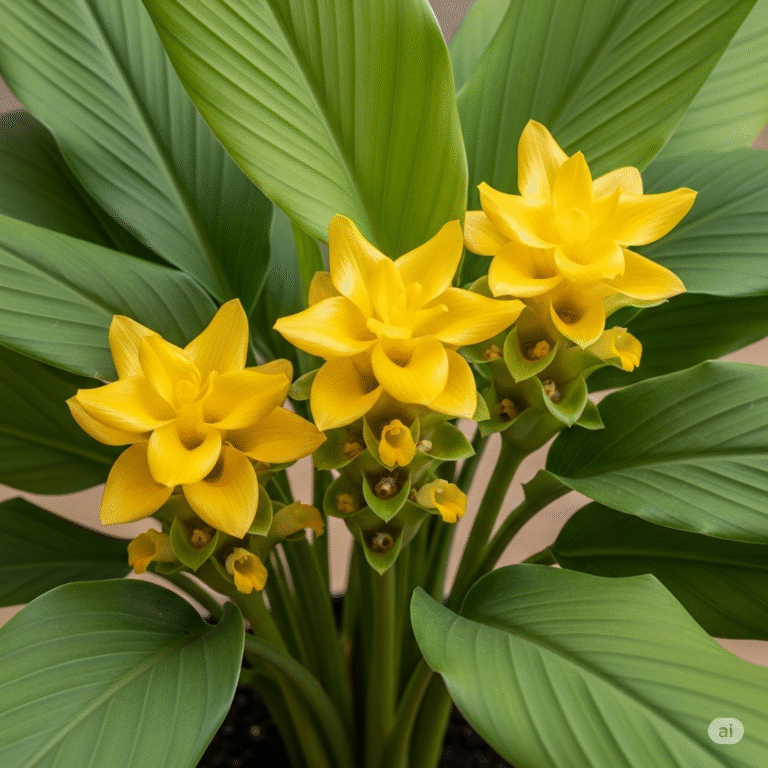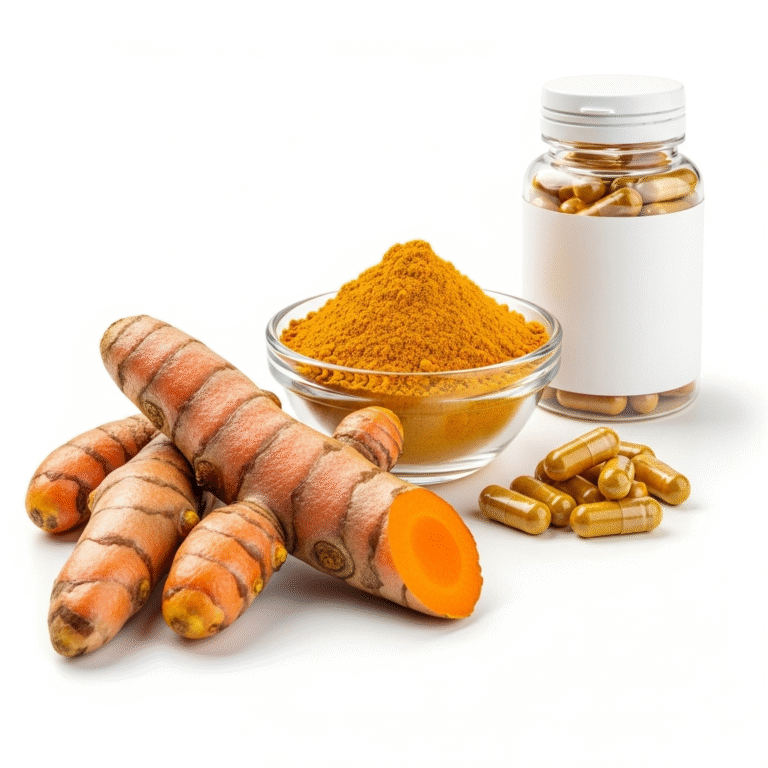Turmeric (Curcuma longa) – “Golden Spice, Golden Health”



2. Scientific & Local Names
Botanical: Curcuma longa L., family Zingiberaceae Southern Living+15NCBI+15Gardenia+15
Regional names: Haldi (Hindi), Haridra (Sanskrit), Manjal (Tamil), Jianghuang (Chinese), Kunyit (Indonesian), Ukon (Japanese) PMC+1Gardenia+1
Varieties: Sangli turmeric (Maharashtra), Vasmat Haldi, Lakadong turmeric—all GI‑tagged Indian varieties Wikipedia+3Wikipedia+3Wikipedia+3
3. Brief Introduction
Turmeric has a heritage spanning over 4,000 years in Ayurveda, Siddha, Unani, and ancient Chinese medicine. Despite its early use primarily as a dye and culinary spice, it was later highly revered for its medicinal properties in South Asia and across Austronesian cultures Wikipedia. In Ayurveda, known as the “golden drug,” it is praised for wound healing (Varnya, Vrṇa ropaka) and purifying actions (Stanaya śodhaka, Meda ghana) IAFA For Allergy.
4. Scientific Research
Turmeric’s active components include curcuminoids—mainly curcumin, which accounts for its color and biological activity MDPIFrontiers.
Mechanism: Inhibits pro‑inflammatory transcription factor NF‑κB, conferring anti‑inflammatory and antioxidant effects PMC.
Meta‑analysis of 29 RCTs (2,396 participants) shows curcumin (120–1,500 mg/day for 4–36 weeks) improves pain and inflammation across various arthritis types, with good tolerability Frontiers.
Reviews associate turmeric and curcumin with anticancer, antidiabetic, hepatoprotective, neuroprotective, cardioprotective, antimicrobial, and antidiarrheal activity ScienceDirect+1Harvard Health+1.
5. Health Benefits
Based on both traditional use and recent clinical/laboratory findings:
Arthritis & joint pain: Relief comparable to NSAIDs in controlled trials Wikipedia
Cardiovascular support: May help improve vessel function and lipid profiles HealthLippincott Journals
Digestive & metabolic: Assists glycemic control, supports insulin sensitivity, benefits IBD including ulcerative colitis and Crohn’s HealthLippincott Journals
Neuro‑mood support: Evidence suggests curcumin may help with depression, cognitive decline, and memory enhancement Easy To Grow Bulbs+15Health+15Verywell Health+15
Women’s health: May reduce PMS, dysmenorrhea, and support conditions like PCOS, menopause, and endometriosis plantdelights.com+2Verywell Health+2plantdelights.com+2
Skin & wound healing: Topical curcumin formulations accelerate burn wound closure and reduce inflammation in experimental studies arXivPMC
Immunity & antimicrobial effects: Combined with garlic, turmeric enhances immune support and antimicrobial activity Health
6. Dosage & Forms
Whole turmeric root or powder: Typically used in cooking or brewed as tea/golden milk. However, curcumin content is low (~2–9%), making therapeutic dosing impractical HealthVerywell Health.
Curcumin supplements: Dosages generally range from 500 mg to 3,000 mg daily, often combined with black pepper (piperine) or fats to enhance bio‑availability Verywell Health+2Health+2Verywell Health+2.
Safety: Most studies report mild GI side effects. Rare liver injury in high‑dose supplements has been documented; contraindications in pregnancy and drug interactions must be considered WikipediaNutritional Medicine Institute.
7. Pros & Cons
✅ Benefits
Anti‑inflammatory, antioxidant, and antimicrobial properties
Versatile use: dietary, topical, supplemental
Broad potential across multiple health domains (joints, heart, mood, digestion, skin)
⚠️ Potential Risks
Low oral bioavailability without proper formulation or co‑factors
High-dose curcumin supplements may cause GI upset, rare liver toxicity, allergic dermatitis, and interact with anticoagulants or other medications WikipediaVerywell Health.
Not recommended in high doses during pregnancy or on certain medications.
8. Market Availability
Forms available: Fresh or dried rhizomes, turmeric powder, extracts standardized for curcuminoids, curcumin supplements with piperine or lipid carriers.
Where to buy: Pharmacies, health food stores, Ayurvedic suppliers, online marketplaces. In India, notable regional varieties include Sangli, Vasmat, Lakadong, and Kandhamal turmeric—often sold with GI certification for authenticity and potency HealthWikipedia+3Wikipedia+3Wikipedia+3.
9. Quality Guidelines
Prefer organic or GI‑certified Sangli, Lakadong, Vasmat, or Kandhamal turmeric for higher curcumin content and purity WikipediaWikipediaWikipedia.
Look for standardized extracts indicating percentage of curcuminoids (e.g. 95% curcuminoids).
Choose formulations with piperine or lipid carriers to improve absorption.
Storage: Keep in airtight, dark, cool conditions to preserve bioactivity and prevent moisture.
10. Verified References
Frontiers in Nutrition: curcumin anti-inflammatory, antimicrobial review Frontiers+1Frontiers+1
Frontiers in Immunology: RCT meta‑analysis in arthritis Frontiers
Verywell Health / Health.com: modern clinical summaries of turmeric vs curcumin, benefits & safety Gardenia+15Health+15Verywell Health+15
ScienceDirect, MDPI, NCBI reviews on therapeutic potential and mechanisms Wikipedia+6PMC+6PMC+6
Wikipedia and historical sources on turmeric’s heritage and regional varieties ahpa.org+6Wikipedia+6Wikipedia+6
Summary
Turmeric (Curcuma longa) remains a cornerstone of traditional medicine with centuries of use in Ayurveda. Modern science supports many of its traditional claims—particularly around inflammation, joint pain, digestive health, and metabolic and neurological well-being. For therapeutic use, standardized curcumin extracts with enhanced bioavailability are typically more effective than dietary turmeric alone. Use responsibly, considering dosage, formulation, and possible interactions.
:max_bytes(150000):strip_icc():format(jpeg)/Health-GettyImages-ConditionsTurmericCanHelpWith-73e93e547c534162b3a55d2dc5b121d6.jpg)
Health
:max_bytes(150000):strip_icc():format(jpeg)/GettyImages-1206184681-38ea49b0721e447bb37d48710b6dc798.jpg)
Verywell Health
:max_bytes(150000):strip_icc():format(jpeg)/GettyImages-1458149443-0439ba4699b84f46bfd8cdc39849cec1.jpg)
Verywell Health
Share this content:










Post Comment